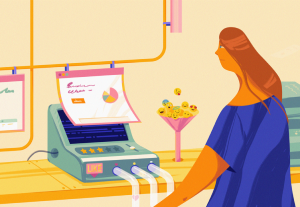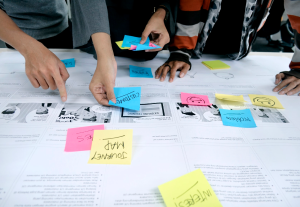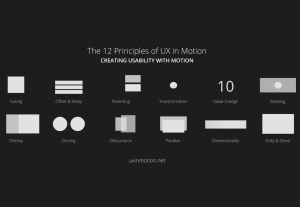- Artificial Intelligence, Augmented Reality, Behavioral Science, Conversational Design, Customer Experience, Defining AI, Design, UX Education, UX Magazine, UX World Changing Ideas
An odyssey exploring two possible outcomes for civilization as conversational AI takes hold—one brimming with the bright possibilities of user-controlled data, the other, decidedly dystopian.
Article by Henry Comes-Pritchett
In the Garden of Hyperautomation
- Henry Comes-Pritchett explores two possible futures of hyperautomation: a self-custodial utopia, and a data-driven dystopia.
- Comes’-Pritchett takes readers on a journey inspired by a sneak peek at, Age of Invisible Machines, an upcoming book by celebrated tech leader and design pioneer, Robb Wilson.
- A philosophical treatise starts an odyssey that spans the breadth of possible civilizations, meeting the average people that inhabit them and observing their trials and tribulations.
- The reader is ultimately left to decide what state of affairs they would prefer, with a call to action inviting those willing to change the world to start doing the work now.
Share:In the Garden of Hyperautomation
Share this link
- July 28, 2022
25 min read







